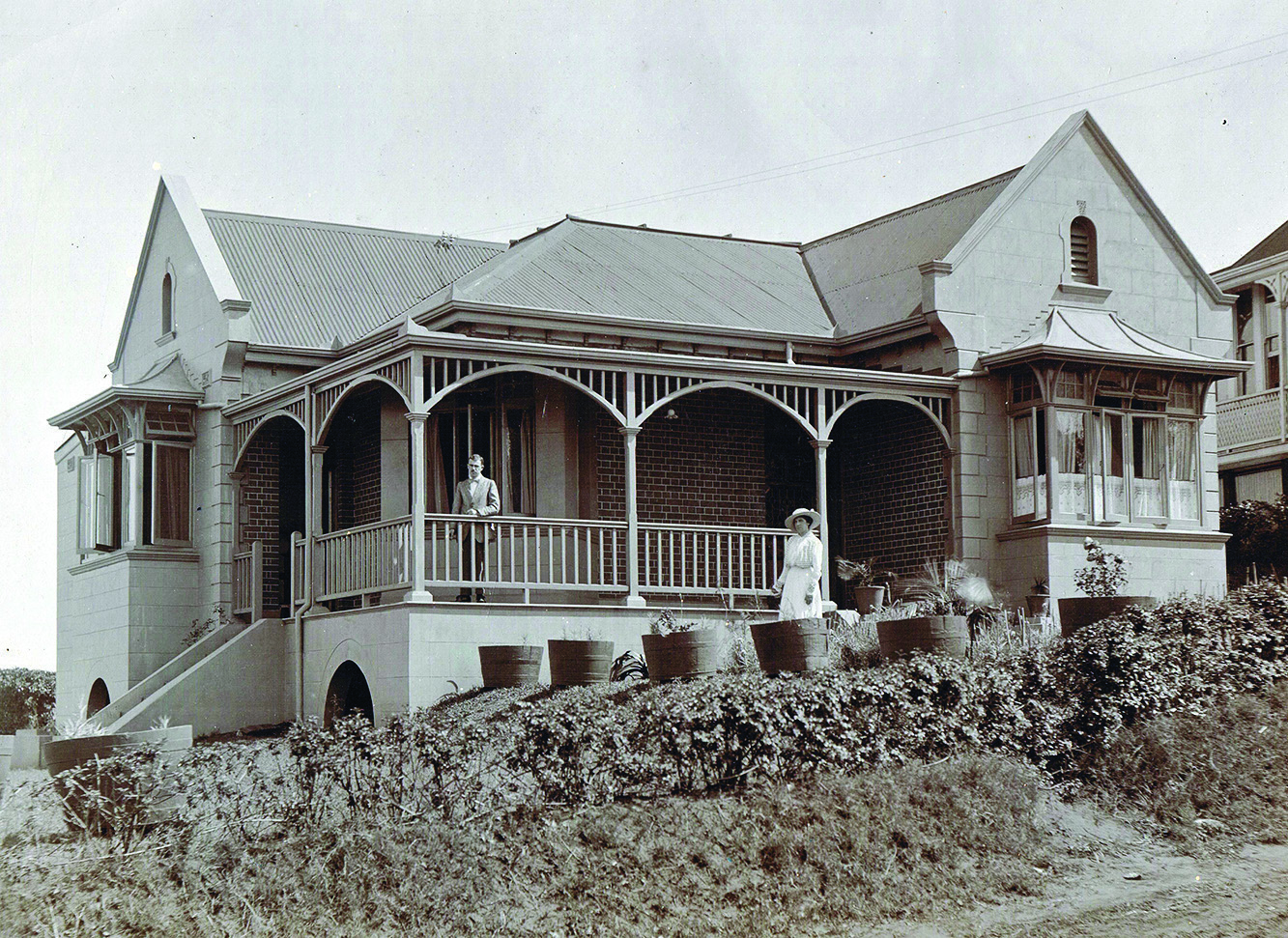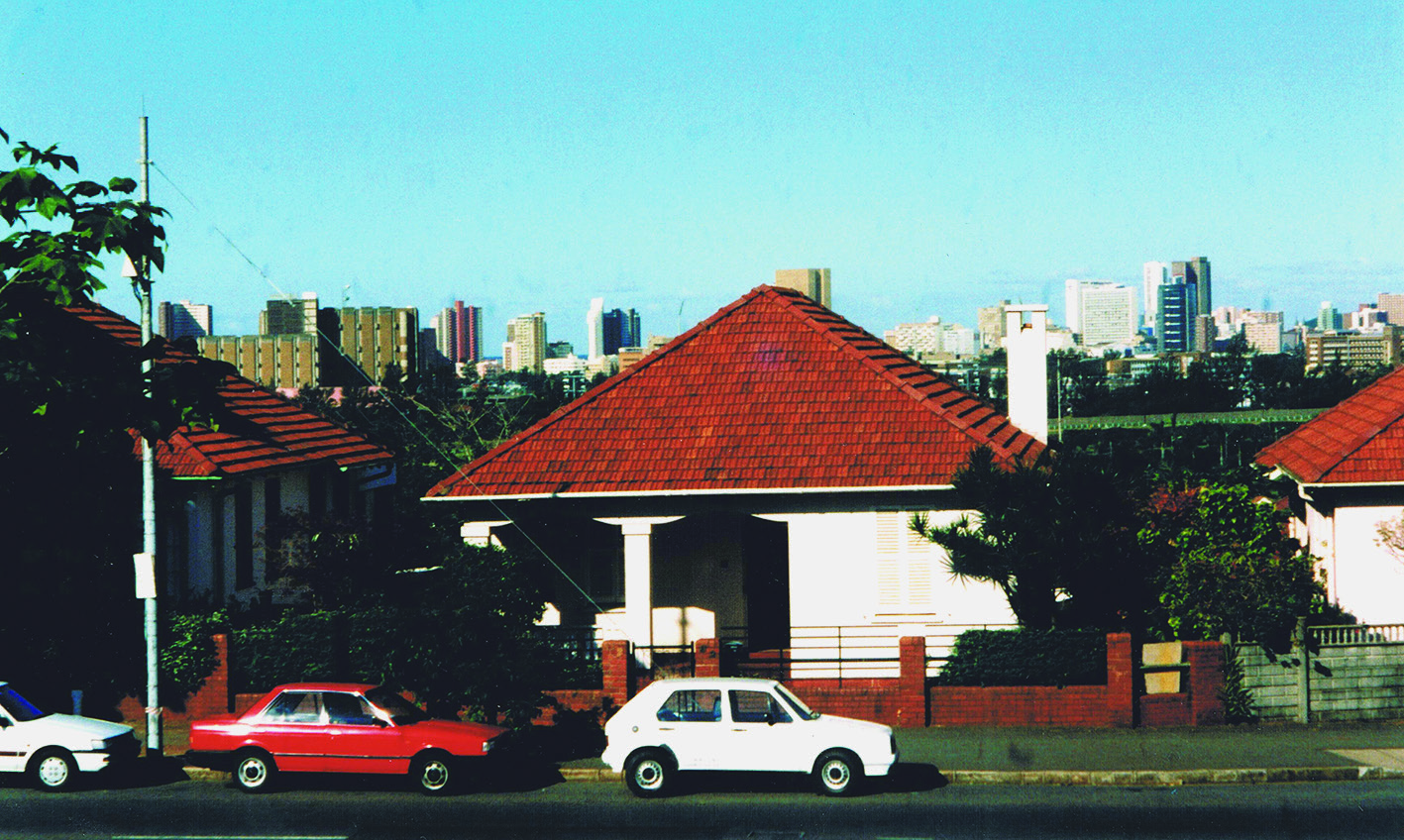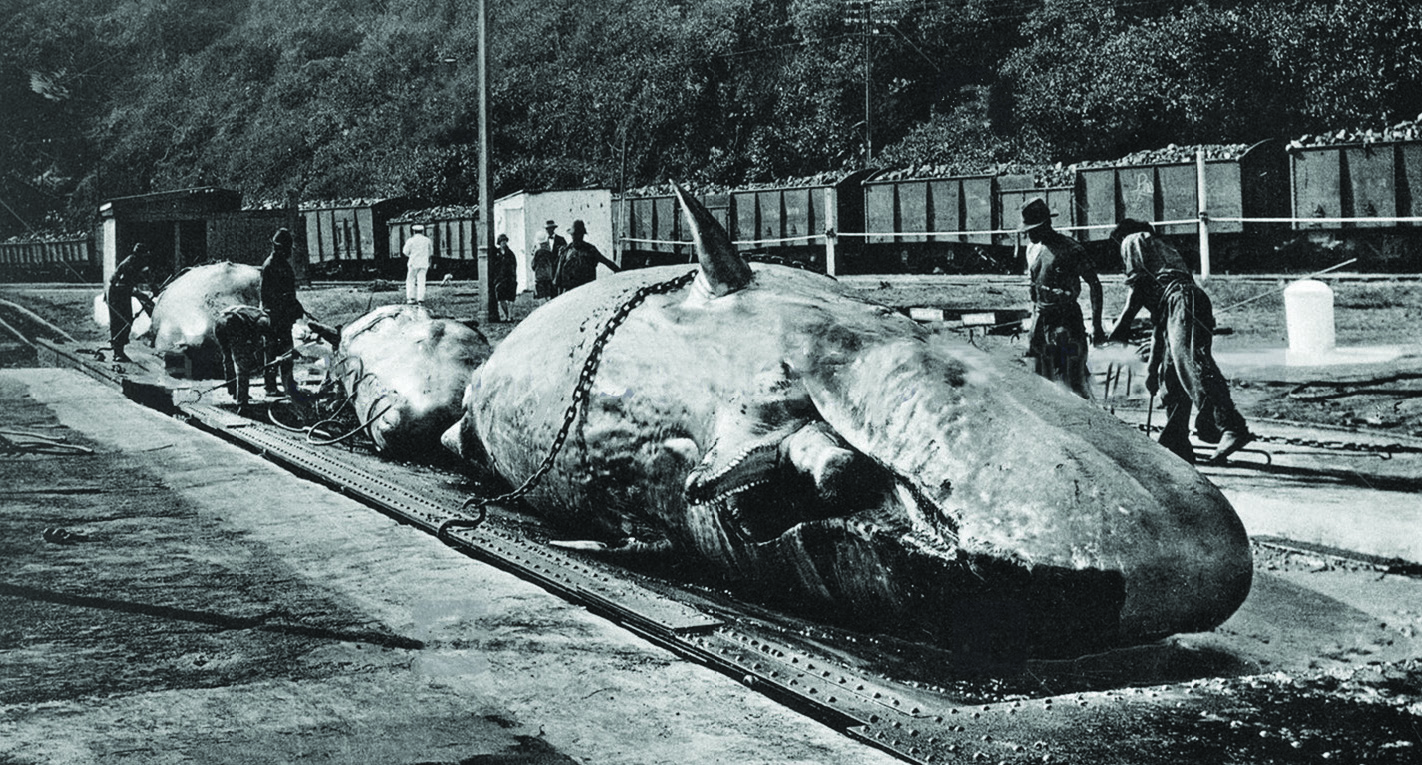Houses
During Guy’s boyhood, we moved from one rented house to another, a result of Dad’s not wishing to be burdened – as he saw it – by owning property. In about 1920 the family moved to Winkelspruit, then a collection of a few modest seaside bungalows twenty- five miles south-west of Durban. Winkelspruit (‘shop-stream’ in Afrikaans) was named on account of a ship that foundered on the coast in 1875 – the water-damaged goods were sold on the banks of a stream. The family rented Romer Robinson’s seaside cottage, just a few yards from the high water line. Guy, Paul and I were all proficient swimmers, completely at home in the sea; we could not remember learning how to swim. In those days we all body-surfed, scorning the short wooden surfboards that were used by small children and tannies (‘aunties’). Heavy wooden surfboards, supposedly from Hawaii, were just beginning to be seen in Durban in the late 1930s.
Life at the seaside had its problems though: we had no car in those days and perhaps Dad found the train commute into Durban tiresome. So the family moved again – to a grand townhouse, at 712 Musgrove Road, again on the Berea, staying there only a short time before



The next move, round about 1933, was to 8 Lindsay Road, where we stayed for three years in another double-storey house. It was at the edge of town, with no public transport within half a mile. We still had no car; we all walked through Jameson Park to catch our trams to school – Paul and me in preparatory school, and Guy by then in high school. After Lindsay Road we moved to a bungalow at 82 Cowey Road, at the lower end of the Berea.

In this period, Guy went to sea for a few days, on a Norwegian whaling vessel. He was thrilled by the experience. On his return, I went to the Bluff to meet him and to photograph the boat. When I asked Dad if I might also go out on the whaler, I was disappointed to be told that I was too young. At that time no one suggested that killing whales was wrong.
